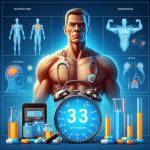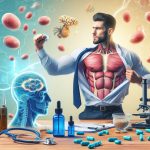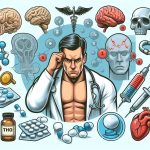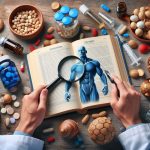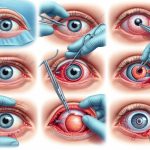This website uses cookies so that we can provide you with the best user experience possible. Cookie information is stored in your browser and performs functions such as recognising you when you return to our website and helping our team to understand which sections of the website you find most interesting and useful.

Secrets to How Testosterone Builds Muscles
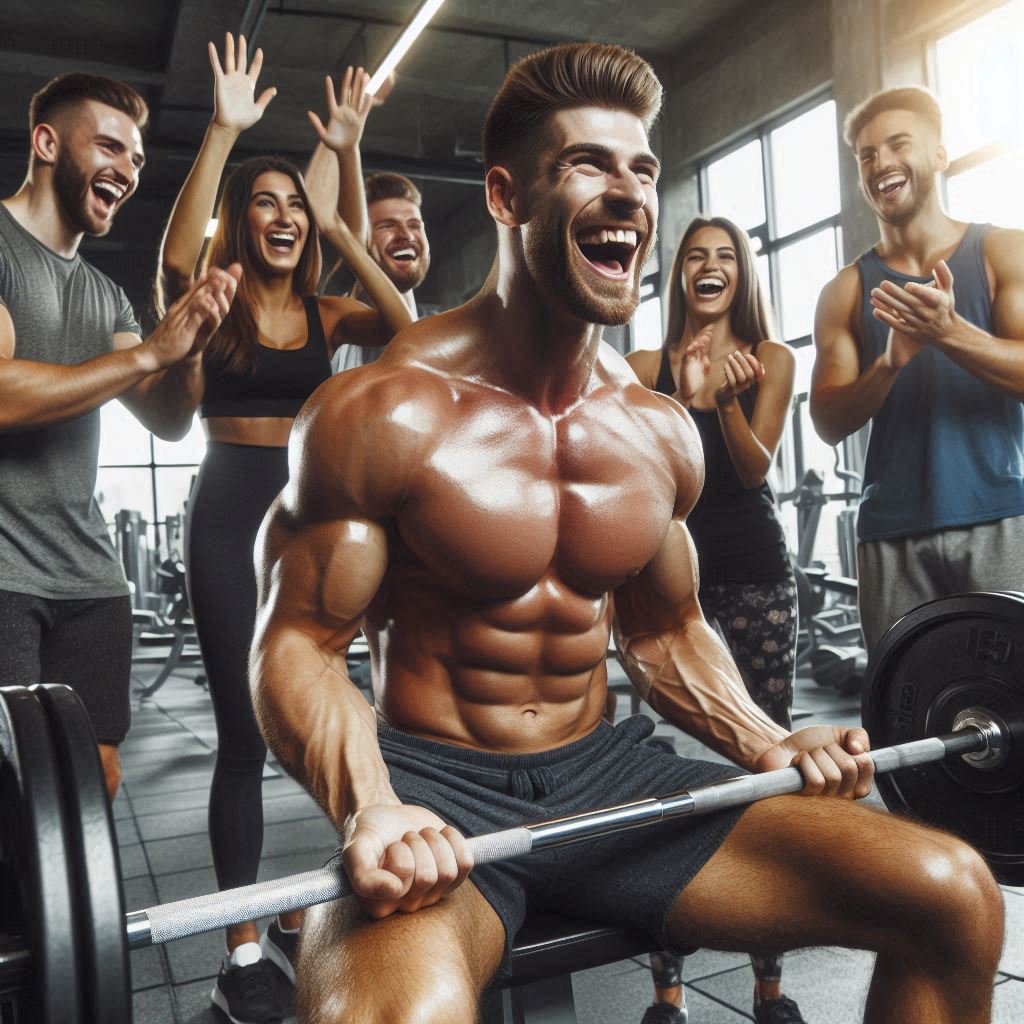
If there’s one hormone we associate with big muscles, it’s testosterone. And understandably so. When people take testosterone, like anabolic steroids or hormone replacement therapy, it has an effect on their muscle mass and strength. But I was curious as to why this is a thing. How does this hormone influence muscle growth?
Well, like with everything in the body, the answer is much more complex than a simple cause and effect. In today’s video, we’ll look at the interaction between hormones and hypertrophy.
Understanding Skeletal Muscle Anatomy
The big, bulky skeletal muscles that we see with the naked eye are made of bundles of muscle fibers. These things are living cells with nuclei, mitochondria, and active metabolisms. Because of that, they’re dynamic structures; they can respond to stresses placed on them.
That might mean growing in size or undergoing hypertrophy to meet the demands of weight lifting or your favorite exercise. That might also mean shrinking or undergoing atrophy if the muscle isn’t being used heavily.
Muscle Growth Mechanism
Now, to understand how a muscle grows, we need some basic skeletal muscle anatomy. Within each muscle cell are strands of stiff proteins called myofibrils, which contain long proteins called filaments arranged in a parallel pattern that lets them slide back and forth past each other. This sliding mechanism is ultimately what allows our muscles to produce tension.
If we zoom out to the muscle fiber’s surface, we see tiny cells called satellite cells that hang out on the edge of muscle fibers, underneath the connective tissue. These things are essentially dormant muscle cells, kind of like muscle stem cells. When our muscles produce a high amount of tension, like during resistance exercise, those myofibrils incur a little bit of damage. This produces an inflammatory response in the muscle, which then promotes healing. That inflammation also wakes up the satellite cells, which prompts them to fuse into the muscle fiber they’re attached to.
Each satellite cell has a nucleus with the instructions for making more of those contractile proteins, and increases in muscle size mostly come from adding those proteins to muscle. I say that hypertrophy comes mostly from more myofibrils because we can also grow the connective tissue within muscles or increase the volume of water in the muscles and a few other things.
The Role of Testosterone
So then, where does testosterone come in? Well, each muscle cell has receptors for androgen hormones, which lets them receive messages from hormones like testosterone. Once testosterone is in the cell and binds to the receptor, it moves over to the nucleus, where we keep our DNA.
Then it encourages the transcription of certain genes that make more proteins. If the DNA is a recipe for protein, then testosterone gets the cell to read the recipe and make more of that protein. Testosterone can also stimulate the release of other growth factors and promote the replication and activation of those important satellite cells. So all in all, testosterone promotes muscle hypertrophy by stimulating the creation of proteins or anabolic processes. But it doesn’t just build up proteins; it also inhibits protein breakdown or catabolic processes.
Increasing Testosterone Availability
Now that answered my question from the top of the episode, but as always, learning one thing prompts ten more questions. Like if testosterone helps my muscles grow after training, how can I make testosterone more available for my muscles?
The first thing you can do is have testes. For those wondering, yes, the name for the hormone comes from “testes” plus “stero,” since it’s a steroid hormone. If you do, the vast majority of your testosterone comes from the Leydig cells in the testes.
If you don’t, you still make testosterone in the ovaries and adrenal cortices, albeit much less. It doesn’t matter what kind of hardware you have; you have a way to make testosterone. It’s hard to say exactly how much less, though. In my research, I saw figures anywhere from one-fifth to one-fortieth. So take some of those normative values with a grain of salt.
The second thing you can do is be a young adult. The testes make much more testosterone after puberty than before, but around ages 35 to 40 years old, they start to create 1 to 3 percent less testosterone every year. If your primary way of making testosterone is through the ovaries and adrenals, the same rules apply. You make more after puberty and make less in your late twenties and early thirties.
Testosterone and Weight Lifting
What about a weight lifting routine, though?
Right after resistance training, the testes do secrete more testosterone, but only for about 30 minutes. The exercise you do might influence that. According to a review from 2010 and another from 2017, high volume and short rest periods usually induced the largest acute testosterone release. But we really don’t know if a long-term weight lifting regimen will cause your body to produce more testosterone all the time. Different studies have come up with different results, with some concluding that long-term weightlifting does increase a person’s base level of testosterone, while some research didn’t see any differences.
Many of the participants in the trials still get stronger and bigger muscles; they just didn’t increase base level testosterone. In reality, our hormones interact with multiple feedback loops from other hormones after exercise. Reviews of resistance exercise and hormones usually touch on growth hormone and insulin-like growth factor in addition to testosterone. So while this one hormone gets a lot of attention, we need to remember that it’s just one piece of a much larger system.
Thanks for watching this episode of Seeker Human.
If you want to learn more about hormones, we did an explainer video in the last season of Human that you can find here. Otherwise, make sure you’re subscribed to us on YouTube so you know when we drop new episodes. Thanks for watching.
